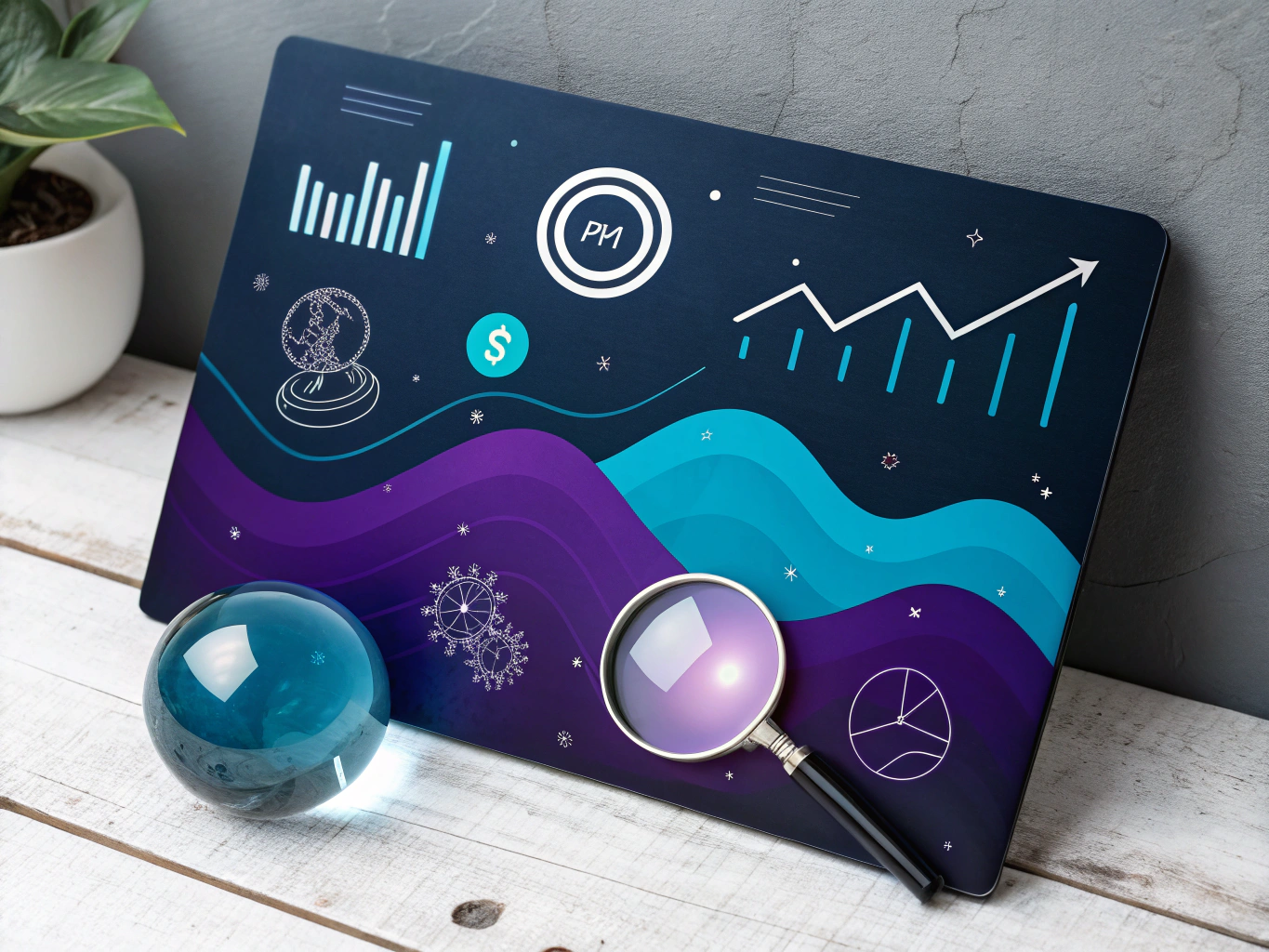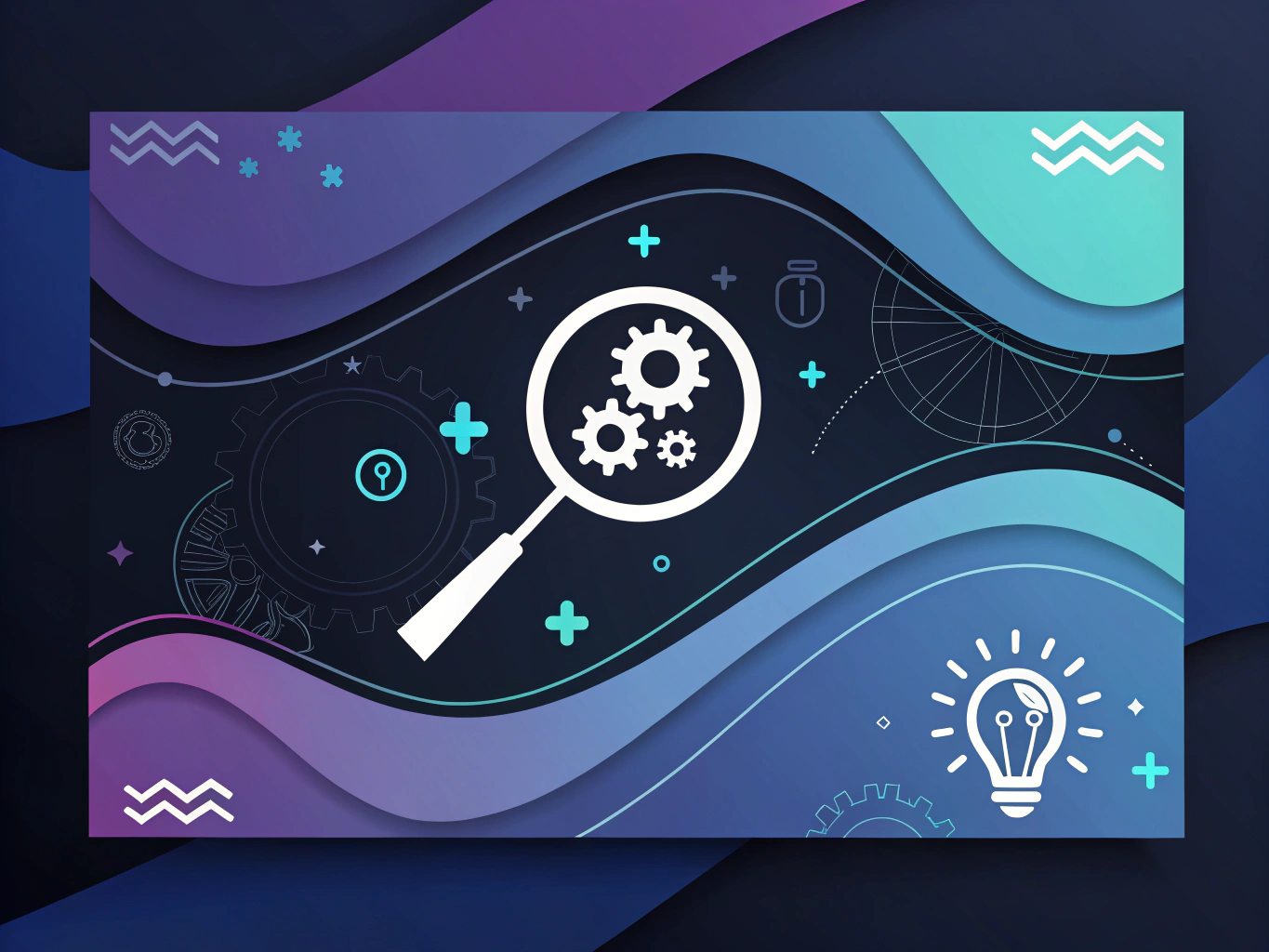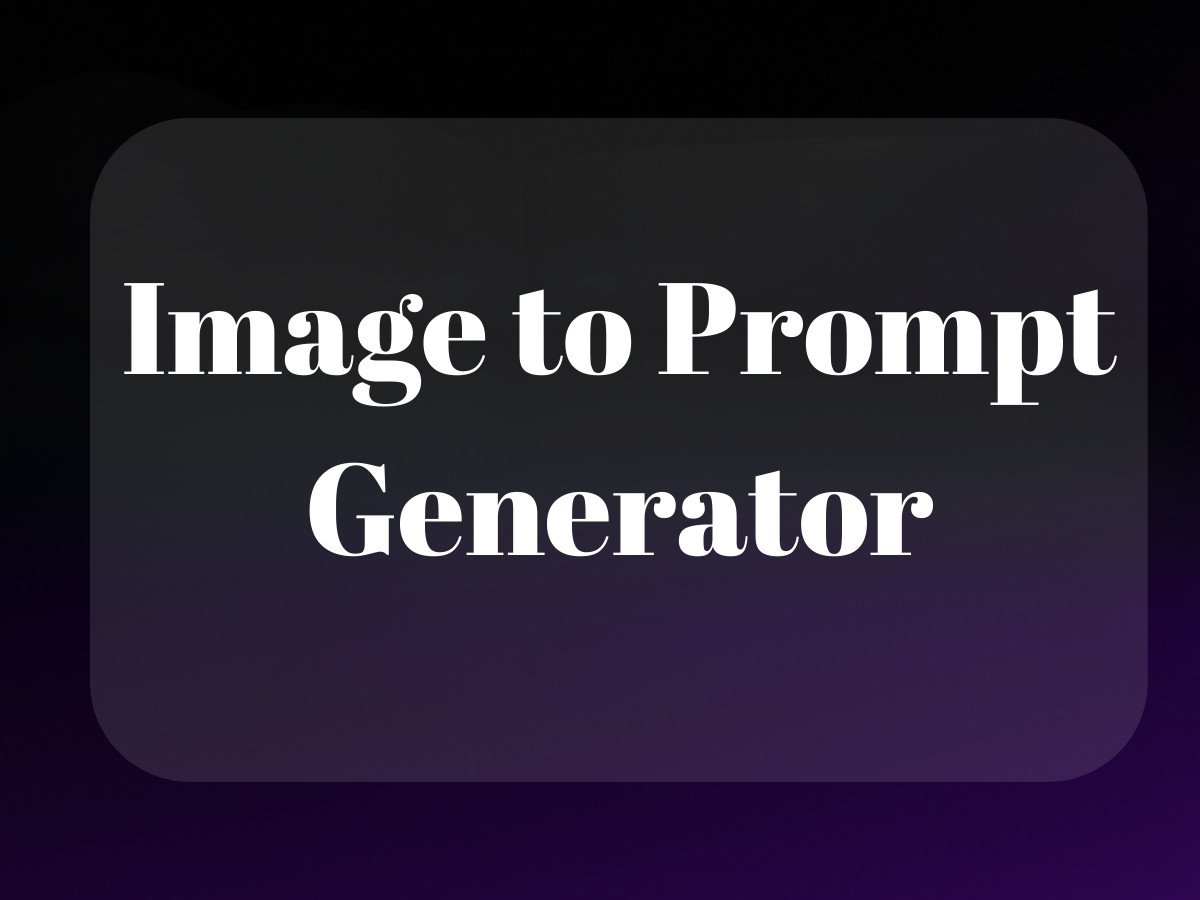Remember when sales forecasting meant staring at Excel spreadsheets until your eyes glazed over, trying to divine the future from historical data? Those days feel like ancient history now. Yet here we are in 2024, and I still see countless brands struggling with the same old challenges – just with fancier tools.

The truth is, sales forecasting software has evolved dramatically. We’ve gone from basic spreadsheet formulas to AI-powered prediction engines that can process millions of data points in seconds. But here’s the thing: having powerful tools doesn’t automatically translate to better forecasts. It’s like giving someone a Ferrari when they’ve only ever driven a bicycle – there’s going to be a learning curve.
The Evolution of Sales Forecasting: From Guesswork to AI-Powered Precision
Let’s be real – sales forecasting used to be more art than science. Sales managers would rely on gut feelings, basic trend analysis, and maybe a sprinkle of hope. The results? About as reliable as weather forecasts in spring. Today’s sales forecasting software is different. It’s like having a time machine that shows you probable futures based on actual data patterns, not just hunches.
Modern sales forecasting tools combine artificial intelligence, machine learning, and predictive analytics to create something that would’ve seemed like science fiction just a decade ago. They can analyze customer behavior patterns, market trends, and historical data simultaneously, giving you insights that human analysis alone could never uncover.
Why Traditional Forecasting Methods Don’t Cut It Anymore
I’ve seen too many businesses stick with outdated forecasting methods because “that’s how we’ve always done it.” But in today’s fast-paced market, relying on basic Excel formulas or CRM reports is like bringing a knife to a gunfight. The market moves too quickly, customer behaviors change too rapidly, and competition is too fierce for simple historical projections.
Understanding Modern Sales Forecasting Software

Think of modern sales forecasting software as your company’s crystal ball – except instead of mystical powers, it uses data science and AI to predict future sales patterns. These tools don’t just crunch numbers; they identify patterns, spot trends, and even predict potential roadblocks before they appear. For an in-depth look at some of the leading tools, consider exploring leading sales forecasting tools that can enhance your strategic planning.
Core Components of Effective Sales Forecasting Tools
- AI-powered analysis engines that process vast amounts of historical and real-time data
- Machine learning algorithms that improve predictions over time
- Integration capabilities with existing CRM and sales tools
- Customizable dashboards and reporting features
- Real-time updates and adjustments based on new data
The Impact of AI on Sales Forecasting Accuracy
Here’s something that might surprise you: AI-driven sales forecasting tools can improve prediction accuracy by up to 82% compared to traditional methods. That’s not just a marginal improvement – it’s a complete transformation of how businesses can plan for the future.
But let’s not get carried away with the AI hype. These tools aren’t magic wands that solve all your forecasting problems. They’re more like incredibly smart interns who need proper guidance and clean data to deliver their best work. The key is understanding how to leverage their capabilities while acknowledging their limitations.
Choosing the Right Sales Forecasting Software for Your Business
The market is flooded with options, from basic tools to enterprise-grade solutions. But here’s the thing – the “best” tool isn’t always the most expensive or the one with the most features. It’s the one that aligns with your specific needs, integrates with your existing tech stack, and scales with your business growth.
Essential Features to Look For
When evaluating sales forecasting software, consider these must-have features:
- Seamless CRM integration capabilities
- Customizable forecasting models
- Real-time data processing
- Intuitive user interface
- Robust reporting and analytics
- Mobile accessibility
- Scalability options
Remember, the goal isn’t to find software that does everything – it’s to find software that does what you need exceptionally well. Sometimes, simpler is better, especially when you’re just starting to modernize your forecasting process.
Implementation Considerations
Here’s where many businesses stumble: they choose great software but fail at implementation. The best sales forecasting tool in the world won’t help if your team doesn’t use it properly or if your data is messy. Think of it like getting a high-end coffee machine – you still need quality beans and someone who knows how to use it to get that perfect cup of coffee.
Understanding Sales Forecasting Software: The Foundation of Data-Driven Sales Strategy
Let’s be honest – most sales forecasting feels about as accurate as predicting the weather six months out. We’ve all been there: staring at spreadsheets, trying to convince ourselves that next quarter’s numbers aren’t just educated guesses dressed up in Excel formulas.
But here’s the thing: modern sales forecasting software isn’t just another fancy tool to make our guesses look prettier. It’s fundamentally changing how we understand and predict revenue – kind of like how GPS changed navigation from “I think it’s that way” to “turn left in 500 feet.” To dive deeper into this transformation, learn more about advanced sales forecasting tools that are shaping the future of sales strategy.
The Evolution of Sales Forecasting: From Crystal Balls to AI
Remember when “sales forecasting” meant your top sales rep saying they had “a good feeling” about next quarter? Those days are as outdated as dial-up internet. Today’s sales forecasting software combines AI, machine learning, and predictive analytics to turn your historical data into surprisingly accurate future predictions.
Think of it like having a time machine for your sales data – except instead of traveling through time, you’re using patterns from the past to illuminate the path ahead. And unlike your old Excel spreadsheets (which, let’s face it, probably have at least three formula errors), these tools actually get smarter over time.
Why Traditional Forecasting Methods Are Failing Modern Businesses
Here’s a truth bomb: if you’re still relying on gut feelings and basic CRM data for forecasting, you’re basically bringing a knife to a gunfight. The market moves too fast, customer behaviors change too quickly, and there are too many variables for human brains to process effectively.
I’ve seen countless ecommerce brands struggle with inventory management because their forecasting was off by 30% or more. That’s not just an inconvenience – it’s the difference between growth and stagnation, between profit and loss.
The Real Impact of AI-Powered Sales Forecasting
 sales forecasting in Excel?”/>
sales forecasting in Excel?”/>Let’s talk about what actually changes when you implement proper sales forecasting software. I’m not talking about marginal improvements – I’m talking about fundamental shifts in how businesses operate.
Accuracy That Actually Matters
Most forecasting tools claim 90%+ accuracy, but here’s what they don’t tell you: that accuracy often comes with caveats. The best tools I’ve seen in action – like Aviso AI and Clari – achieve real-world accuracy improvements of 25-35% over traditional methods. That’s the difference between ordering 1,000 units and running out of stock, versus having exactly what you need when you need it.
Beyond the Numbers: Operational Intelligence
Good sales forecasting software isn’t just about predicting numbers – it’s about understanding the story behind those numbers. It’s like having an AI analyst who never sleeps, constantly monitoring your sales patterns and spotting trends you might miss.
For example, one of our clients at ProductScope AI discovered through advanced forecasting that their best-selling product wasn’t actually their most profitable – they were just really good at selling it. This insight led to a complete restructuring of their product strategy and a 40% increase in profit margins.
Choosing the Right Sales Forecasting Software: A Reality Check
Let’s cut through the marketing fluff and talk about what really matters when selecting sales forecasting software. It’s not about having the most features – it’s about having the right features for your specific needs.
The Must-Have Features (That Actually Matter)
- Real-time data processing (because weekly updates are so 2010)
- CRM integration that actually works (not just “compatible with”)
- Customizable reporting (because one size never fits all)
- AI-powered trend analysis (but with human-readable insights)
- Mobile accessibility (because decisions don’t wait for you to get to your desk)
The Integration Question
Here’s something vendors won’t tell you: integration capabilities matter more than individual features. The best forecasting software in the world is useless if it can’t talk to your existing systems. Look for tools that play nice with your tech stack – especially your CRM and ecommerce platforms.
I’ve seen too many businesses get burned by beautiful demos of standalone systems that turned into integration nightmares. The key is finding software that enhances your existing workflow rather than forcing you to build a new one around it.
The AI Factor: Separating Hype from Reality
Let’s talk about AI in sales forecasting software – not the sci-fi version, but the practical, revenue-generating kind. The best tools use AI like a really smart intern: it does the heavy lifting of data analysis but knows when to flag things for human attention.
And here’s something most people miss: the real value of AI in forecasting isn’t in the predictions themselves – it’s in the anomaly detection and pattern recognition that humans simply can’t do at scale. It’s about spotting the subtle shifts in buying patterns before they become trends, and identifying risk factors before they impact your bottom line.
Building a Data-Driven Sales Culture with Forecasting Software
Here’s the thing about sales forecasting software that nobody talks about enough: it’s not just about the tech. I’ve seen countless companies drop serious cash on fancy AI-powered tools, only to watch them gather digital dust because nobody actually changed how they work.
Think of it like getting a Tesla but never learning how to use the autopilot – sure, you’ve got a cool car, but you’re missing out on the best features. The same goes for sales forecasting tools. The magic happens when you build a culture that breathes data.
Creating a Forecasting-First Mindset
Listen, I get it. Change is hard. Your sales team probably has their own system – maybe it’s gut instinct, maybe it’s an elaborate spreadsheet that only Dave from accounting understands. But here’s the reality: in today’s market, intuition alone won’t cut it.
The key is making forecasting part of your team’s DNA. This means regular forecast reviews become as natural as morning coffee, and data-driven decisions become the norm, not the exception. It’s about building habits that stick.
Advanced Features That Actually Matter

Let’s cut through the noise. While vendors will throw around buzzwords like “AI-powered analytics” and “machine learning algorithms,” what really matters is how these features translate to real business impact.
The most valuable features I’ve seen in modern sales forecasting software include:
– Real-time pipeline visualization (because waiting for end-of-month reports is so 2010)
– Automated data capture (because your sales team should be selling, not data entry)
– Predictive analytics that actually explain their reasoning (no more black box predictions)
– Integration capabilities that don’t require a PhD in computer science
The Human Element in AI Forecasting
Here’s a hot take: AI isn’t replacing your sales team’s judgment – it’s enhancing it. Think of AI in sales forecasting software like having a really smart intern who’s amazing at math and never sleeps. They’ll crunch the numbers and spot patterns, but you still need human insight to make sense of it all.
Implementation: Where Most Companies Trip Up
I’ve seen enough sales forecasting software implementations to know where the bodies are buried (metaphorically speaking, of course). The biggest mistake? Treating it like a pure tech rollout rather than a change management project.
Success requires:
– Clear communication about why you’re making the change
– Training that focuses on value, not just features
– Early wins to build momentum
– Leadership that actually uses the tool (yes, that means you too, CEO)
Measuring Success Beyond Accuracy
While forecast accuracy is obviously important, it’s not the only metric that matters. Look at:
– Time saved in forecast preparation
– Improved pipeline visibility
– Better resource allocation
– More confident decision-making
– Reduced forecast-related stress (yes, that’s a real metric)
The Future of Sales Forecasting
Let’s get sci-fi for a minute. The future of sales forecasting software isn’t just about better predictions – it’s about augmented decision-making. Imagine tools that don’t just tell you what might happen, but actively help you shape what will happen.
We’re seeing early signs of this with:
– Natural language interfaces that let you query your data like you’re chatting with a colleague
– Scenario planning that feels more like playing a strategy game than doing business planning
– Automated insights that surface opportunities you might have missed
Final Thoughts: Choosing Your Path Forward
Whether you’re a startup looking for your first forecasting tool or an enterprise ready to upgrade, the key is finding software that fits your culture as much as your technical requirements. The best sales forecasting software in the world won’t help if your team won’t use it.
Remember: this isn’t about replacing human judgment with algorithms. It’s about giving your team superpowers – the ability to see further, predict more accurately, and make better decisions faster.
And hey, if you’re still using Excel for forecasting, no judgment (okay, maybe a little judgment). But seriously, there’s never been a better time to level up your forecasting game. The tools are more accessible, more powerful, and more user-friendly than ever before.
Your future self will thank you for making the switch. Trust me, I’ve been there – and the view from the other side is pretty sweet.
If you’re curious about which platform to choose, check out our Ecwid vs Shopify comparison or see how Shopify stacks up against Printify. For those managing orders, understanding OMS meaning could be crucial. New sellers might wonder if they need an LLC to sell on Shopify or how to list products on Amazon. Experienced ones might explore how to sell used books on Amazon or the intricacies of Walmart Retail Link. Dive into advanced strategies with our Helium 10 Freedom Ticket overview or learn about selling on Amazon vs eBay. For branding insights, see how background removal aids brand consistency. Visit our blog for more insights.
Related Articles:
- Sales Forecasting Mastery: Predict Growth With Precision
- Sales Forecasting Methods: AI vs Traditional Approaches
- Sales Forecasting Essentials for Business Growth – ProductScope AI
Frequently Asked Questions
What is a sales forecasting tool?
A sales forecasting tool is a software application designed to help businesses predict future sales revenue by analyzing historical sales data, market trends, and other relevant metrics. These tools often use advanced algorithms and statistical models to generate accurate forecasts, enabling companies to make informed decisions about inventory management, budgeting, and strategic planning.
What is the best tool for forecasting?
The best tool for forecasting depends on the specific needs and size of your business. Popular options include Salesforce, which offers robust forecasting features integrated into its CRM platform, and Anaplan, known for its flexibility and powerful analytics capabilities. For smaller businesses or those seeking simplicity, tools like Zoho CRM or HubSpot may provide the necessary forecasting features without overwhelming complexity.
What is forecasting software?
Forecasting software is a digital solution that helps organizations predict future trends, demands, and outcomes based on historical data and analytics. It is used across various industries to anticipate sales, financial performance, or market changes, thus aiding in strategic planning and risk management. By automating data analysis processes, forecasting software enhances accuracy and efficiency in decision-making.
What is the best forecasting model for sales?
The best forecasting model for sales often depends on the complexity of the sales process and the availability of data. Time series models, such as ARIMA (AutoRegressive Integrated Moving Average), are widely used for their ability to account for trends and seasonality. Additionally, machine learning models like regression analysis or neural networks can offer more sophisticated predictions by identifying patterns and relationships within large datasets.
How to do sales forecasting in Excel?
Sales forecasting in Excel can be accomplished using a combination of historical sales data and Excel’s built-in functions. Start by organizing your data in a spreadsheet, and then use formulas such as FORECAST.LINEAR or the more advanced FORECAST.ETS for seasonal data to project future sales. Pivot tables and charts can also help visualize trends and make your forecasts more insightful.
About the Author
Vijay Jacob is the founder and chief contributing writer for ProductScope AI focused on storytelling in AI and tech. You can follow him on X and LinkedIn, and ProductScope AI on X and on LinkedIn.
We’re also building a powerful AI Studio for Brands & Creators to sell smarter and faster with AI. With PS Studio you can generate AI Images, AI Videos, Blog Post Generator and Automate repeat writing with AI Agents that can produce content in your voice and tone all in one place. If you sell on Amazon you can even optimize your Amazon Product Listings or get unique customer insights with PS Optimize.
🎁 Limited time Bonus: I put together an exclusive welcome gift called the “Formula,” which includes all of my free checklists (from SEO to Image Design to content creation at scale), including the top AI agents, and ways to scale your brand & content strategy today. Sign up free to get 200 PS Studio credits on us, and as a bonus, you will receive the “formula” via email as a thank you for your time.




